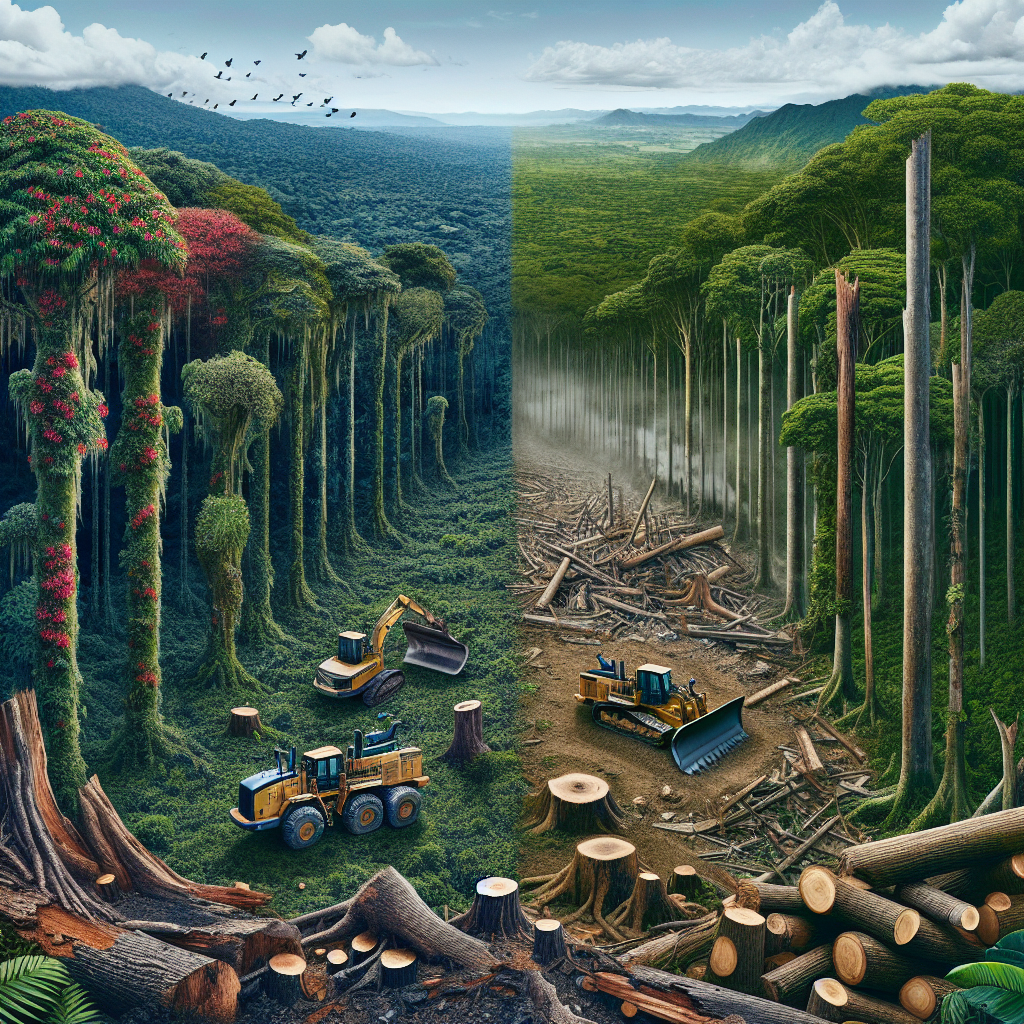Struggling to Save Our Forests: A Race Against Time to 2030
The latest Forest Declaration Assessment reveals the world is significantly behind in achieving the goal to reverse deforestation by 2030. The primary drivers of forest loss are agricultural expansion and fires, exacerbated by climate factors and inadequate law enforcement. Urgent financial intervention is needed to meet global targets.

The world is alarmingly behind in its efforts to reverse deforestation by 2030, a target set by the Glasgow Leaders' Declaration on Forests and Land Use in 2021. According to the 2025 Forest Declaration Assessment, 8.1 million hectares of forest were lost in 2024 alone, mainly due to agricultural expansion and forest fires.
Fires accounted for the loss of 6.73 million hectares, significantly affecting the Amazon rainforest, which released nearly 800 million metric tons of CO2 in 2024. Erin Matson, lead author of the assessment, highlighted that human-induced fires, linked to land clearing and climate change, are now a frequent occurrence instead of anomalies.
Despite rising demands for commodities like soy and beef, deforestation is exacerbated by inappropriate incentives, with $400 billion currently aiding agricultural activities at the expense of forests. As COP30 approaches in Brazil, initiatives like the Tropical Forest Forever Facility aim to secure $125 billion to combat deforestation effectively.
(With inputs from agencies.)










